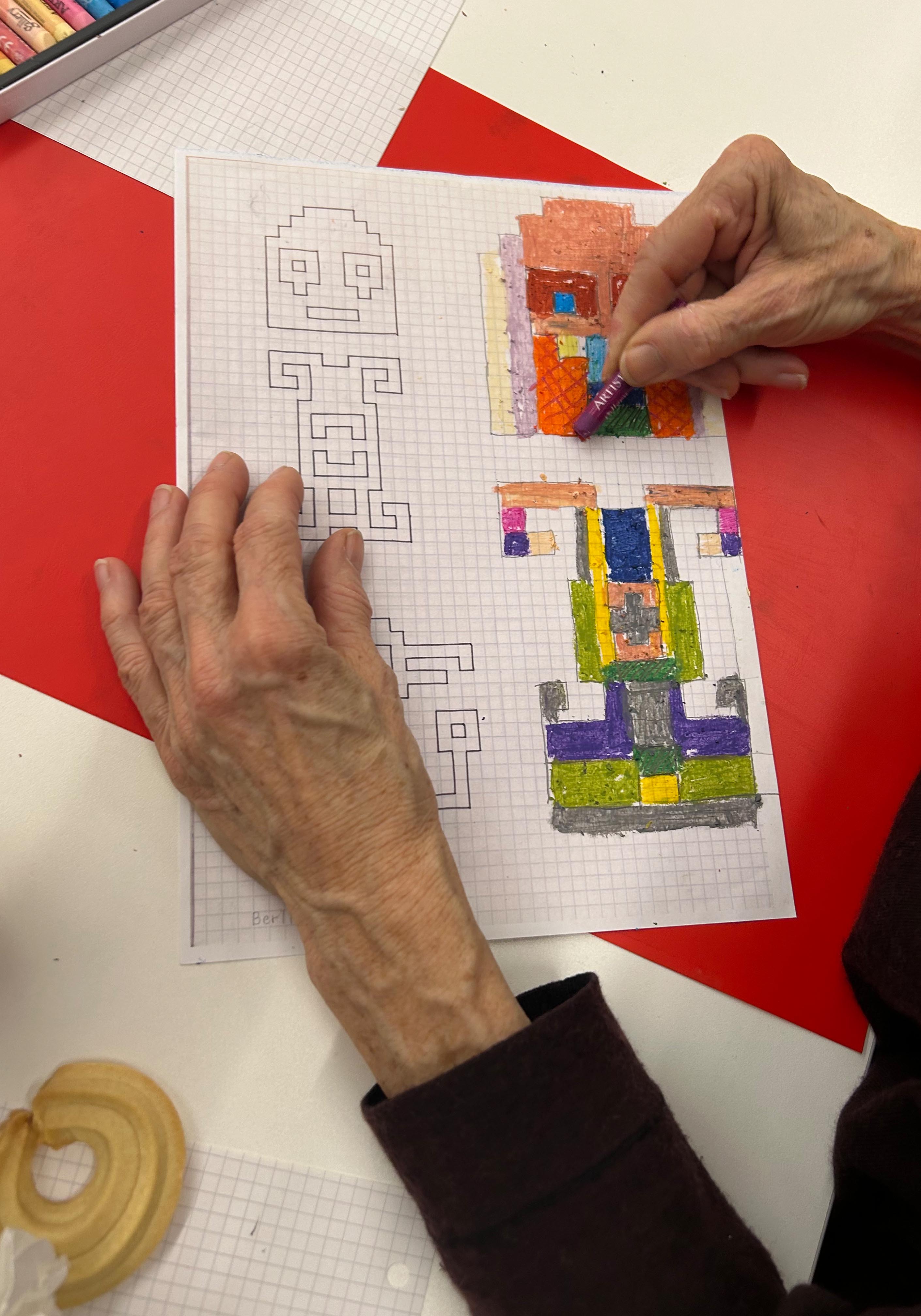Make Sense
British Library
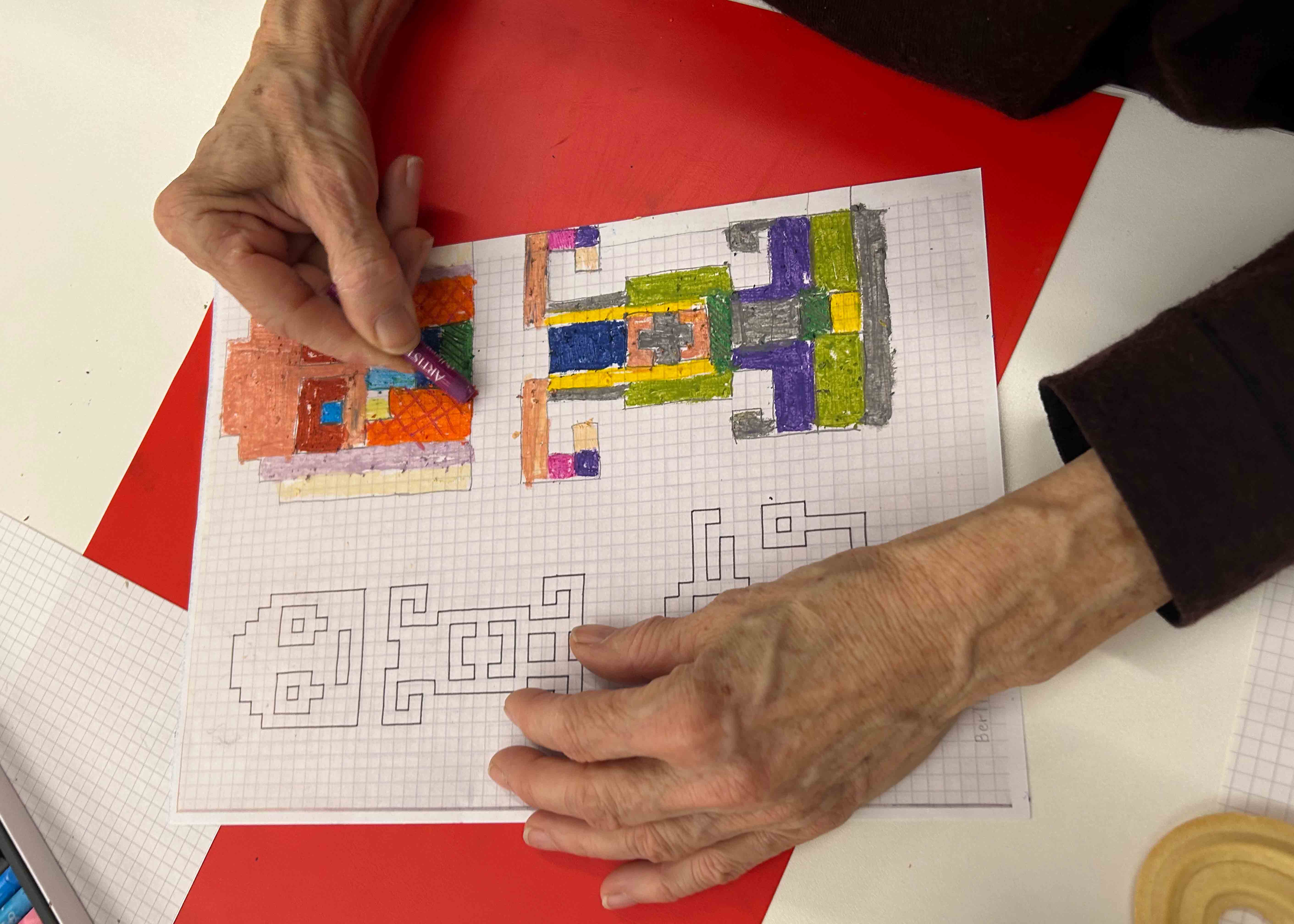
The British Library commissioned us to adapt our Make Sense programme to better engage people living with dementia with their amazing archive.
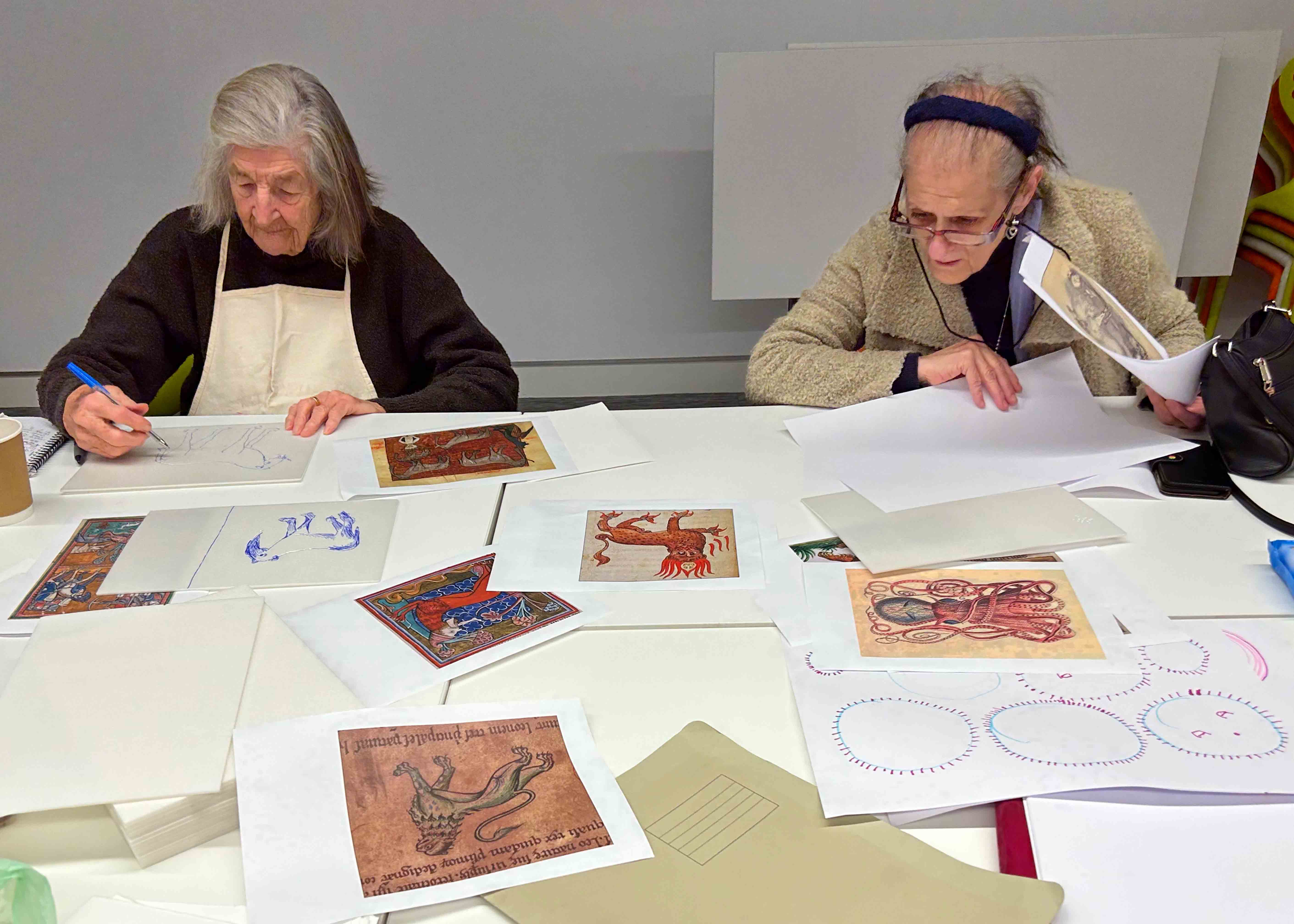
Following hand and breathing exercises, week one saw the participants drawing in response to sound. These sounds, sourced from the library’s archive, covered a broad range. Despite the familiarity of some sounds, such as those from around the home, the exercise produced many unexpected visual results. Other sounds evoked nostalgia and became talking points, especially those recorded on the coast, which stimulated connections to past holidays and seaside visits.
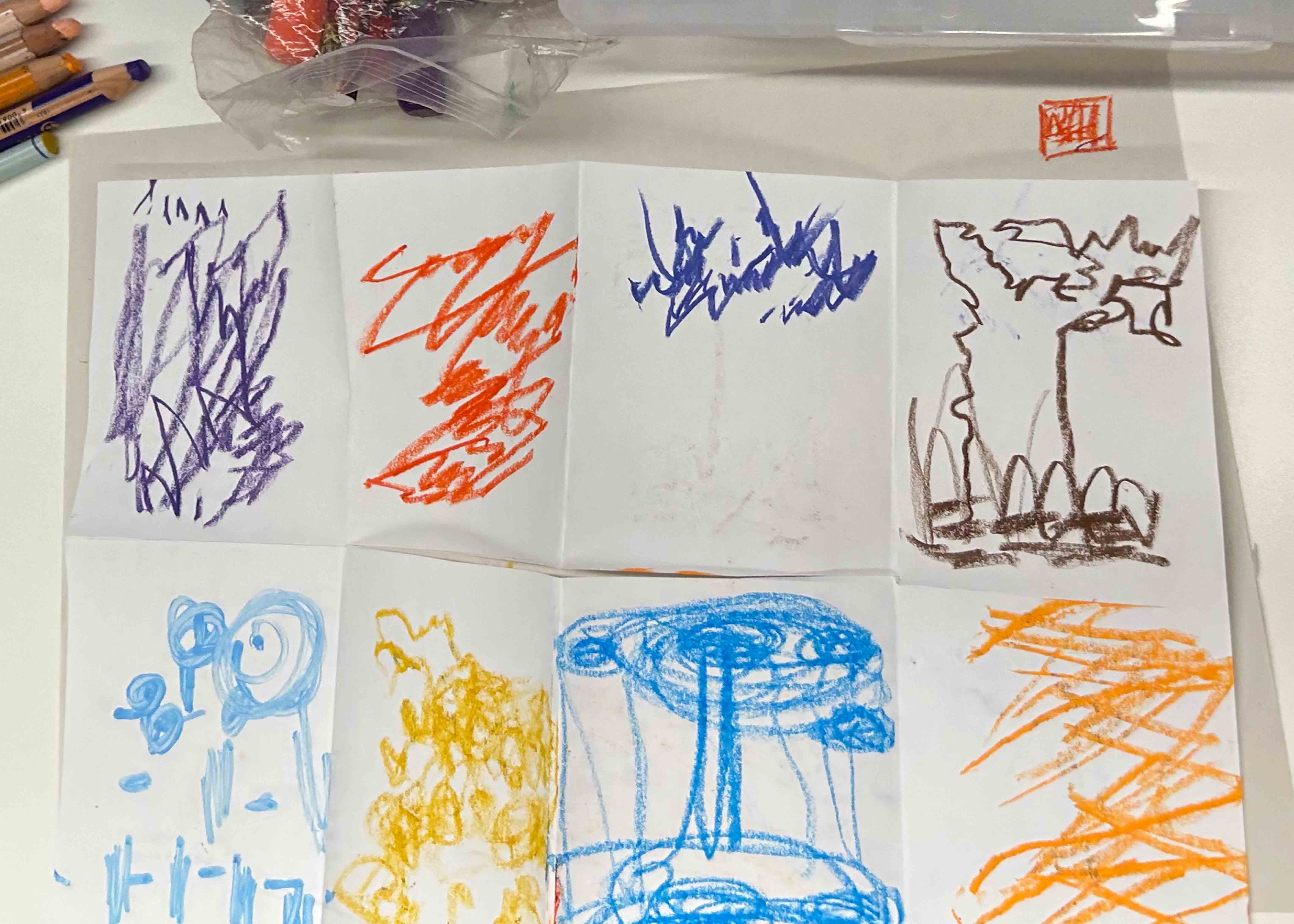
Week two took inspiration from the Medieval Bestiary and its inventive depictions of animals, beasts and monsters. This led participants to create their own compositions, using animals they cherished or inventive combinations from their imaginations. We then recreated these compositions using an accessible form of printmaking: engraving into polystyrene, rather than lino, which can be challenging for people with dexterity issues.
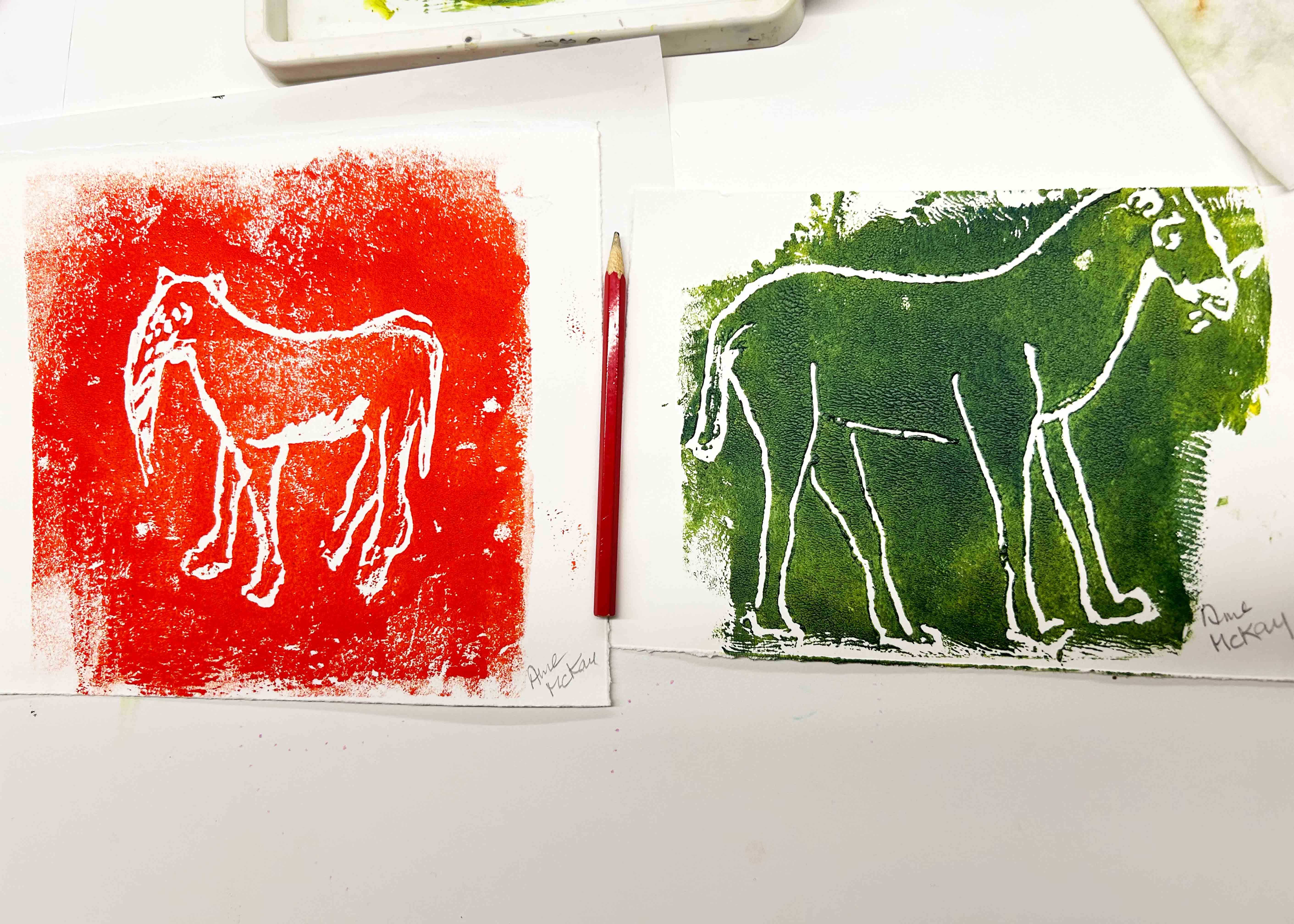
In week three, we visited the ‘Maps & Views’ exhibition, a small selection of the 4.5 million maps held by the British Library. The participants discussed how maps connected to their own identities and past journeys involving map-reading. Back in the workshop, they created their own maps, first establishing outlines, and then filling sections with watercolour paints, echoing the techniques they had observed in the exhibition.
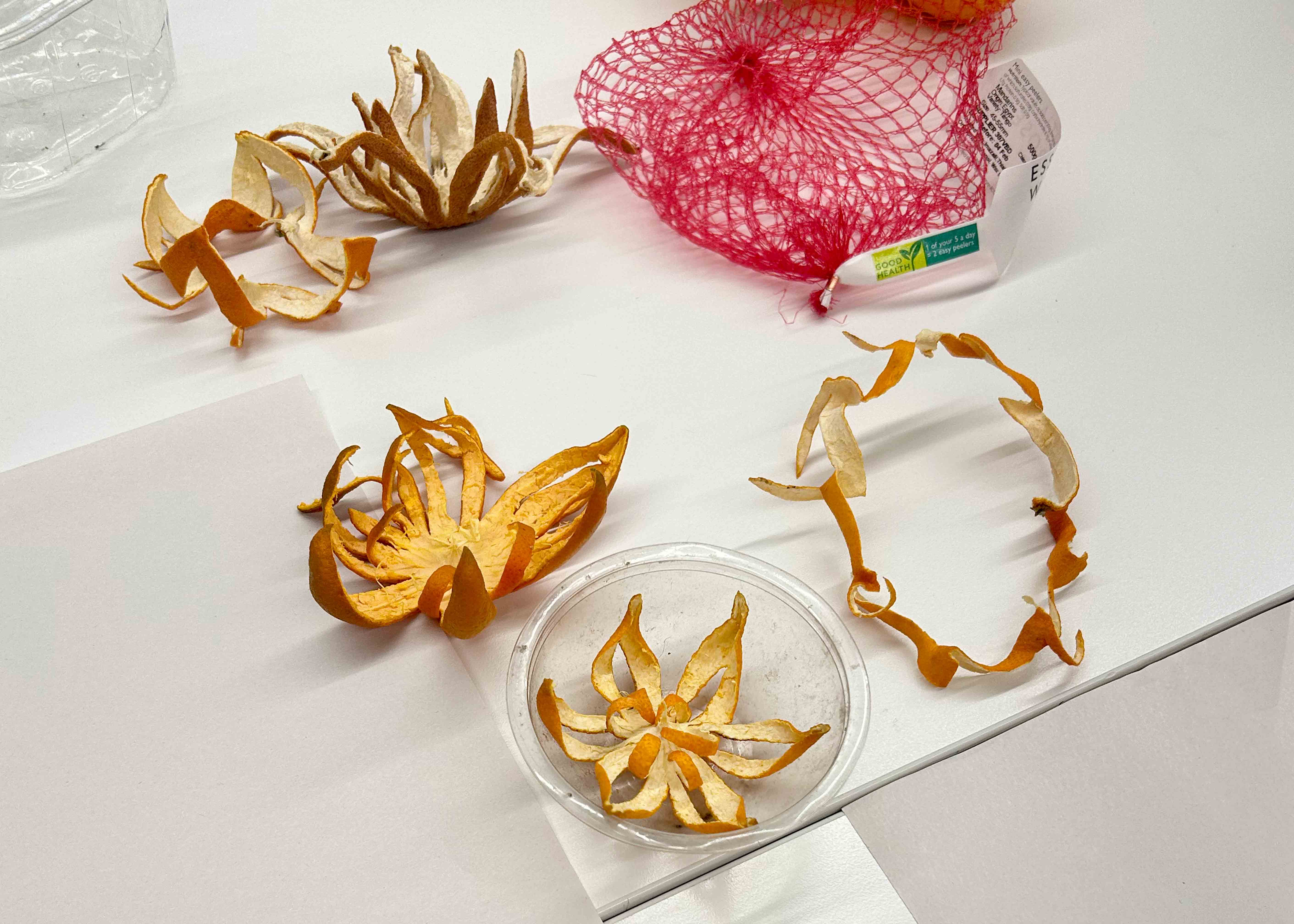
Week four began with a discussion about the origins of script seen on tablets, questioning what writing adds to visual communication. We invented stories in response to some of the tablets in the British Library collection, while some participants shared skills such as writing in shorthand. Remarkably, many skills that are part of our long-term memory remain unaffected by dementia.
After working in 2D, each participant used clay to make their own "cuneiform." The clay, especially when wet, provides a very sensory experience, and many participants enjoyed exploring the different marks they could make with their hands and tools. With everyone pleased with their results, we discussed the longevity of our tablets compared to those in the collection.
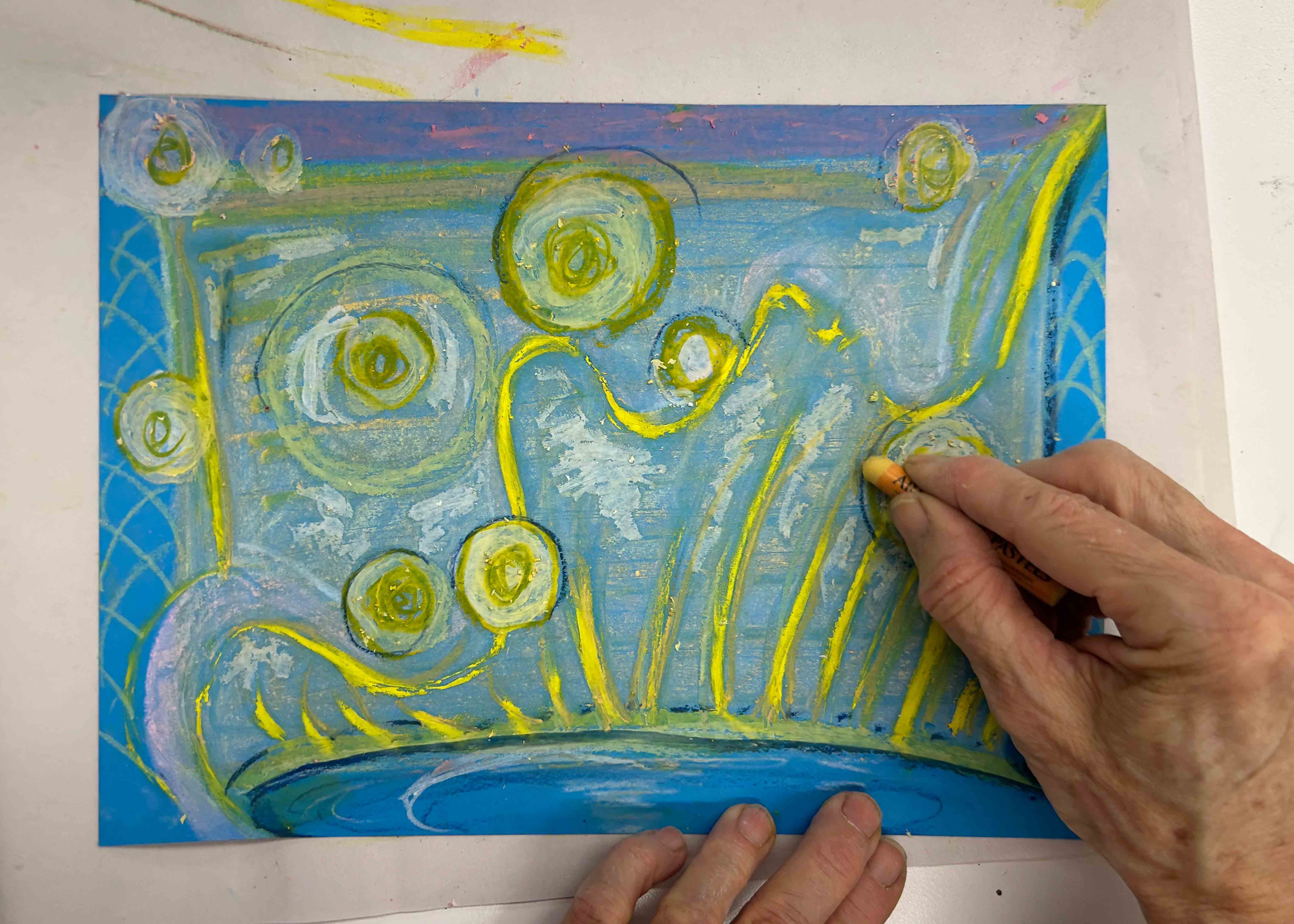
In week five, we explored the library's collection of Peruvian textiles, particularly noting the geometric patterns and bright colours. In the following exercise, we used gridded paper to create our own patterns, considering symmetry and asymmetry, before adding vibrancy with oil pastels. The results were striking and demonstrated competence, regardless of the participant's preference for abstraction or order.
